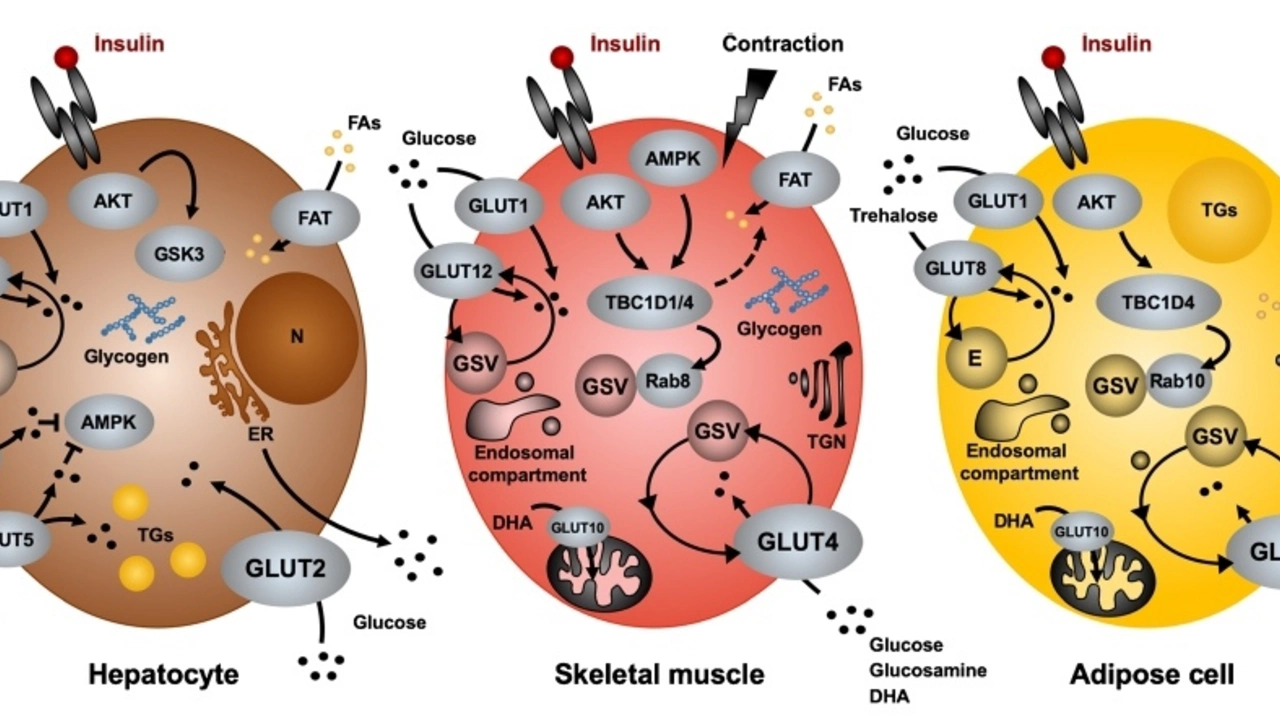Skeletal Muscle Conditions – What They Are and How to Manage Them
Ever feel a knot in your thigh after a hard workout or notice weakness that just won’t go away? That’s often a sign of a skeletal muscle condition. These are problems that affect the muscles you use to move, lift, and even breathe. The good news is most issues have clear signs and simple steps you can take right at home.
Common Types of Skeletal Muscle Problems
Muscle strains and sprains are the most everyday complaints. They happen when fibers tear a little from over‑use, sudden stretching, or an awkward move. You’ll feel a sharp pain, maybe some swelling, and the muscle might feel stiff for a few days.
Myopathies cover a broader group of disorders where the muscle tissue itself is damaged. Some are genetic, like muscular dystrophy, while others develop later in life because of inflammation or medication side‑effects. Symptoms can include gradual weakness, trouble climbing stairs, or persistent aches that don’t improve with rest.
Muscle cramps and spasms often pop up during dehydration or electrolyte imbalance. They’re those involuntary twists you can’t control, usually lasting seconds but sometimes longer if the trigger isn’t addressed.
Other issues like fibromyalgia‑related muscle pain or rhabdomyolysis (a serious breakdown of muscle tissue) also fall under the skeletal muscle umbrella. Each condition has its own pattern, but they all share one thing: the muscles aren’t working the way they should.
When to See a Professional & Simple Home Care
If pain lasts more than a week, gets worse instead of better, or you notice sudden loss of strength, it’s time to call a doctor. Same goes for unexplained swelling, dark urine (a sign of muscle breakdown), or difficulty breathing.
For mild strains or cramps, start with the classic RICE method—Rest, Ice, Compression, Elevation—for the first 48 hours. Gentle stretching after the pain eases can restore flexibility and prevent stiffness.
Staying hydrated is a cheap but powerful tool. Aim for at least eight glasses of water daily, and consider a sports drink if you’re sweating heavily or exercising over an hour.
Protein helps repair torn fibers. Include lean meats, beans, or dairy in your meals, especially within an hour after activity. A small amount of magnesium‑rich foods—like almonds, spinach, or bananas—can also calm cramps.If you suspect a myopathy or have a family history of muscular dystrophy, get a referral to a neurologist. They may run blood tests, EMG studies, or genetic screenings to pinpoint the cause and suggest targeted therapy.
Remember, most skeletal muscle conditions improve with early attention. Listen to your body, keep basic habits like hydration and balanced nutrition, and don’t ignore persistent weakness. Your muscles will thank you with smoother moves and fewer aches.

The Connection Between Skeletal Muscle Conditions and Sleep Disorders
Jul, 26 2023
